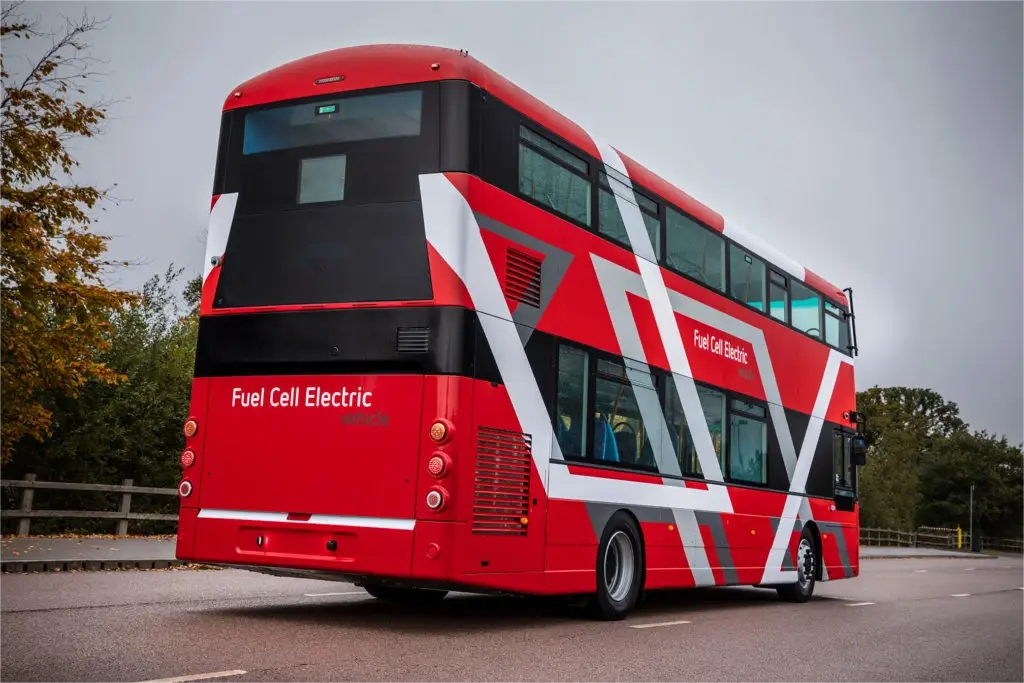 Esperanto
Esperanto
 Shqiptare
Shqiptare
 Euskara
Euskara
 Zulu
Zulu
 Latinus
Latinus
 Cymraeg
Cymraeg
 தமிழ்
தமிழ்
 Slovak
Slovak
 Slovak
Slovak
 Afrikaans
Afrikaans

Thinkre™ Membranes in Transportation

A Clean Source of Electrical Power in Transportation
Proton exchange membrane fuel cells (PEMFCs) are recognized as a promising technology for clean and efficient power generation in the 21th century.
Proton exchange membranes (PEMs) are the key components in fuel cell system, PEM does for fuel cell what chip does for cell phone or computor etc.
Fuel cells use hydrogen to produce electricity without any combustion. This electrochemistry process meet the need for cost-effective, sustainable solutions which are essential across all transportation applications.
Thinkre™ membranes are at the heart of a new generation of fuel cells offering a clean energy source to power vehicles ranging from automobiles, public buses, boats, planes, forklifts,and spacecraft due to the following advantages:
◮ Zero-Emissions: Fuel cells use H2 and O2 from air to generate electricity,heat and water. No greenhouse gases and no emissions are produced.
◮ High Efficiency: Fuel cells convert chemical energy to electrical energy without combustion.
◮ Quiet Operations: Fuel cells have no moving parts and power is generated without combustion inside,which don't produce noise pollution,much quiet then those that use conventional internal combustion engine.
◮ Minimal Intervention: Fuel cells are simple to operate and maintain because there are no moving parts, reducing operational costs and maintenance,increasing widely used in distribution electricity generation and fuel cell transportation.
Megatrend of Fuel Cells Using Thinkre™ Membrane
With the background of climate change and greenhouse effect,and macro-political environment of global carbon neutrality and sustainable development,global and national regulations mandate reductions in CO₂ emission and other atmosphere-damaging emissions.
Sustainability development is bringing the a mega trend for a promising market.
Sci-Tech progress gives birth to PEMFCE with zero-emission generated. This is because fuel cells produce electricity regardless of the input.
◮ If cells are used to produce energy by combining hydrogen(Anode) and oxygen(Cathode), the output is water and heat other than emissions.
◮ If a fossil fuel is used, the process generates dramatically lower CO₂ emissions than it would in a power plant.
Related Items
Related Products
 Contact
Contact WhatsApp
WhatsApp Facebook
Facebook Youtube
Youtube
